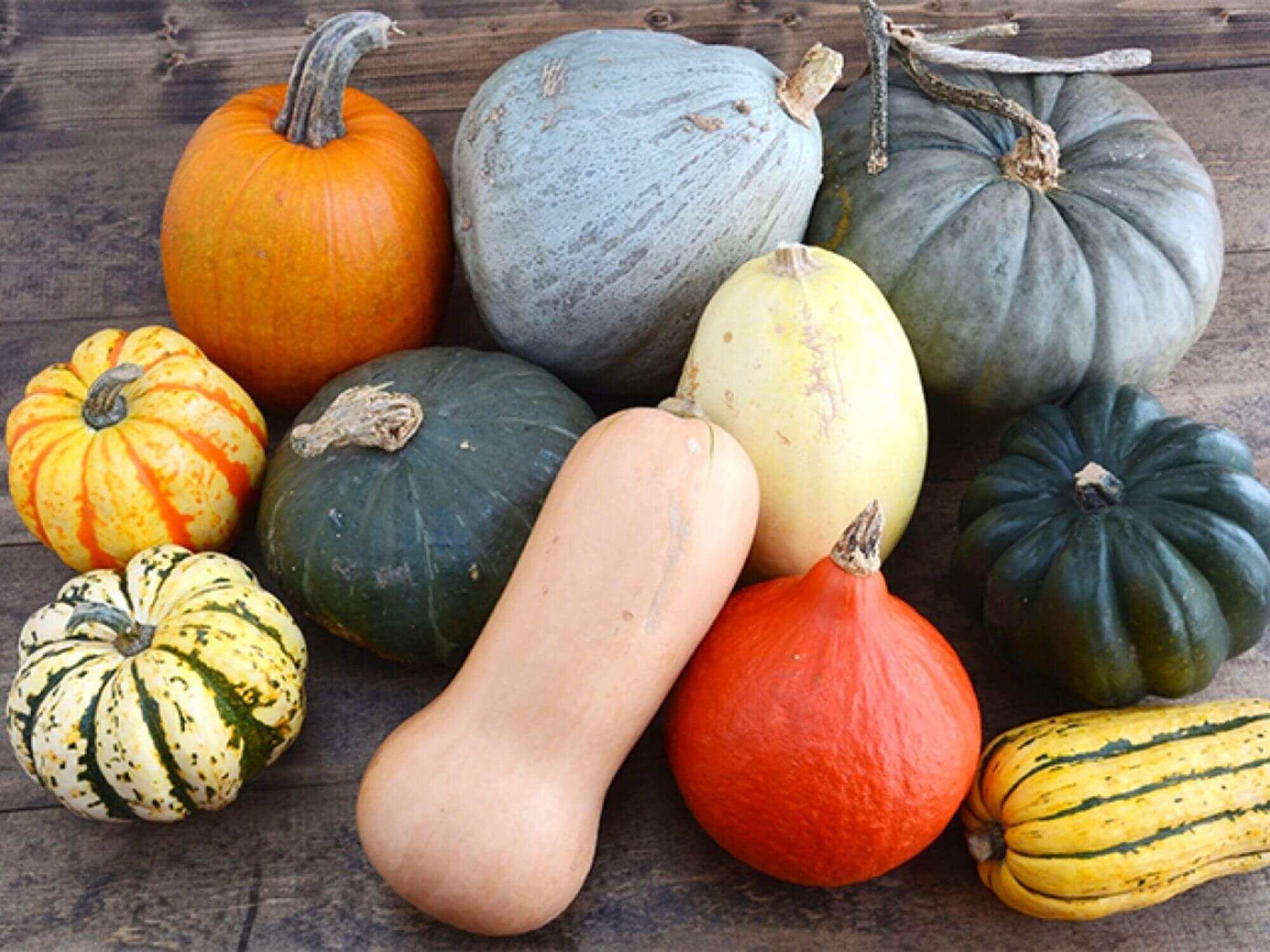Move over pumpkin, you’ve got some serious competition from your cousins in the squash family!
Whether pureed in a soup, cubed then roasted, or baked and scooped from its own bowl, butternut squash is a versatile, delicious, and nutritious veggie that you’re going to love.
THE BRIGHT ORANGE SUPERSTAR
This squash checks all the boxes for a nutrient-dense, fiber-rich, and low-calorie food, with only 75 calories in 1 cup cooked!
High in fiber, butternut squash helps stabilize blood sugar levels and reduce the risk of diabetes. Compared to a sweet potato, butternut squash has a much lower Glycemic Index - a measure of how quickly a food raises blood sugar levels. The lower the Glycemic Index of a food, the lower the rise in blood sugar, inflammation, and weight gain. Now that’s sweet!
You’ve already learned about the beta-carotene in carrots in grade school: beta-carotene is a precursor to vitamin A and is essential for a robust immune response. Vitamin A helps mobilize natural killer cells and lymphocytes to fight off infection during the innate, or early, immune response. It also helps support the second, acquired phase of the immune response by helping T cells tag a viral invader for destruction. This makes butternut squash the perfect addition to an immune-supportive diet.
Plus, its bright yellowish-orange flesh reflects high levels of beta-carotene and other “carotenoids” like lutein and zeaxanthin. You might recognize these phytonutrients from supplement formulas to protect our skin, heart and retina from UV damage and prevent macular degeneration in the eyes.
EASY PREP TIPS
Winter squash like acorn, kabocha, and pumpkin have a firm flesh covered by a hard outer skin. This skin acts as a shell to protect it from pests and allow squashes to be stored through the winter when other foods are scarce.
Here’s the key to cutting a butternut squash: just poke a few holes in the squash with a fork and microwave it for 2 minutes. This simple tip makes it easier to both cut and peel the squash. When it has cooled for a few minutes, carefully stabilize it, and cut off its top and bottom, creating a flat surface on the bottom.
Hold it well and remove the skin with a veggie peeler. Sit it on its bottom and carefully hold it while you cut it in half, vertically. Scoop out the seeds and inner strings. Cube it into bite-size pieces to use in soups, a Moroccan tagine, or roast to a golden brown.
For Thanksgiving and other winter dinners, I roast cubed butternut squash with thyme, shallots, cranberries, and hazelnuts. It’s so delicious and easy!
Or use the cubes to blend into a puree with apples and cinnamon or create a savory soup with yam, roasted red peppers, and a touch of smoked paprika. Sometimes I even serve this in little cups as an appetizer for a summer BBQ.
To keep it simple, just serve it cut in half (with the skin on) and let your guests scoop out the yummy, sweet flesh. Rub the cut side with a little olive oil, a sprinkle of cinnamon, and a trace of brown sugar (if you want to amp up its caramelized goodness). Place the cut side down on a parchment-lined cookie sheet and bake it for about 30 minutes at 400 degrees or until it’s soft when poked with a fork.
If you’re in a rush, feel free to use the pre-cut squash from the store. But check the package carefully, because sometimes the pre-cut squash gets old and isn’t as firm and delicious as it is freshly cut.



